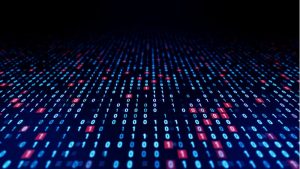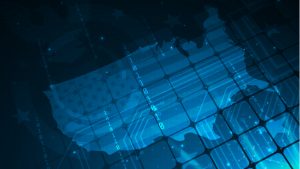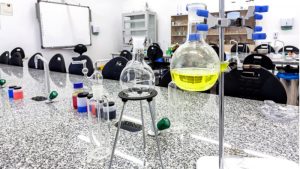The National Science Foundation (NSF) is launching a new initiative to invest $25 million in research projects dedicated to foundational data science principles.
After a massive shortage of laptop computers in the lead-up to the 2021 school year, the third-largest school district in New Jersey now has a laptop for every student.
After Congress passed and President Trump signed the nearly $2 trillion Coronavirus Aid, Relief, and Economic Security Act (CARES) in March to fight the harmful effects of the COVID-19 pandemic, billions of dollars began flowing down to state and local governments through a variety of funding streams – many existing, and some new. The funds support public health, schools, businesses, transit systems, residents in need, and more.
As the 2020-21 school year kicks off primarily online, a new survey shows that while most teachers are confident in their ability to successfully teach students this fall, the majority of parents are less than confident in schools’ ability to provide high-quality education.
The Cyber Navigators Act, H.R. 8011, would provide additional election-specific IT support to provide help monitoring systems and digesting data from cybersecurity information sharing and analysis centers, said Rep. John Katko, R-N.Y., one of the bills cosponsors.
As colleges and schools across the country are having to adapt to distance or hybrid learning, Missouri University of Science and Technology is turning its attention to the challenging task of making science laboratory courses virtual.
In the 20th century, literacy in reading, writing, and mathematics might have been the requisites to inform participation in democratic and economic systems, but over the past half century, a new form of necessary literacy has been emerging – cyber literacy.
The General Services Administration (GSA) is well-known for its work implementing tech solutions across the Federal government, but a GSA official this week praised the work being done at the municipal level to provide 5G services in cities across the country.
Jennings County School Corporation (JCSC), Ind., and the Indiana Public Broadcasting Stations (IPBS) are partnering to expand distance learning to 1,200 students who have little or no access to reliable broadband.
Michigan Governor Gretchen Whitmer announced that she is dedicating $65 million in Federal Coronavirus Aid, Relief, and Economic Security (CARES) Act dollars to Michigan K-12 school districts and higher education institutions to fund, among other matters, the technology needed to engage in remote or hybrid learning.













